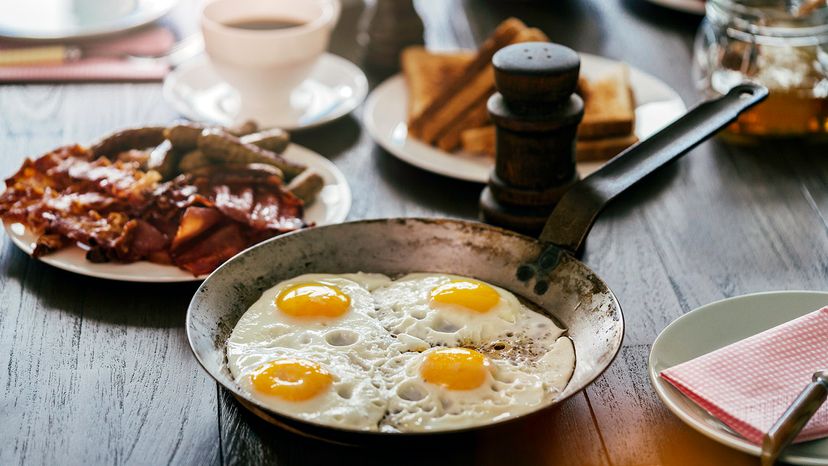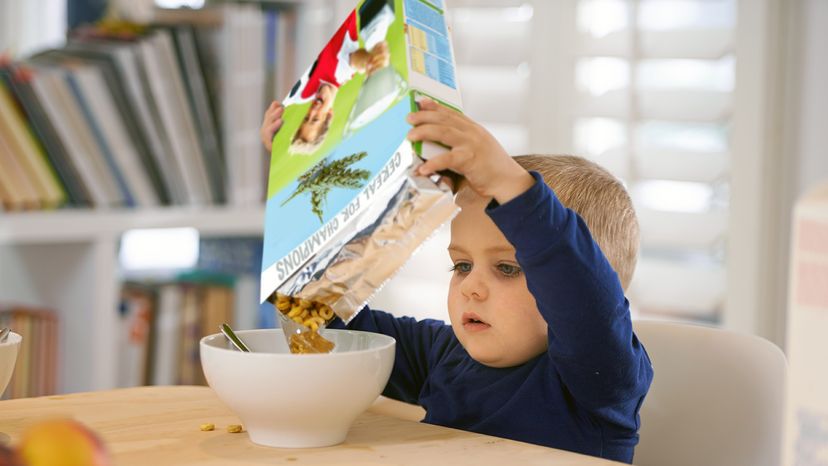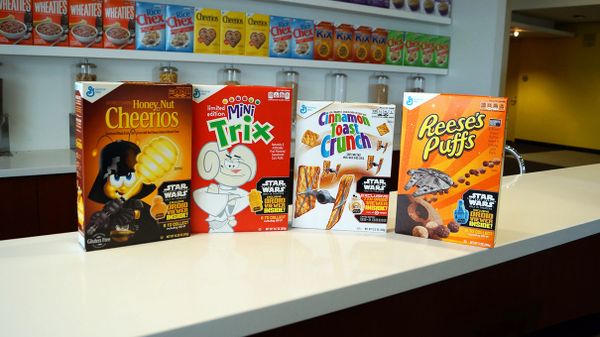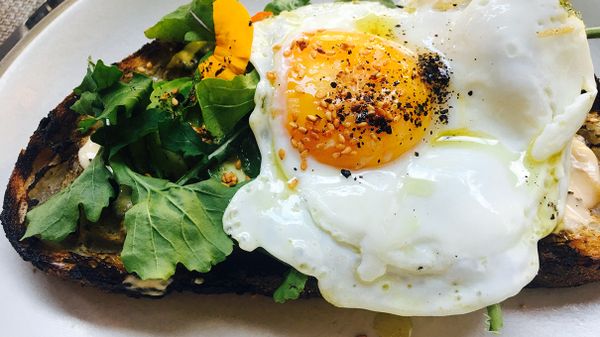
Bacon, eggs, toast: If you grew up in North America or Europe, you're probably picturing breakfast. But when you think about it, anything nutritious and filling is enough to get you going in the morning. So why don't Westerners associate things like fish and rice or a bowl of beans with breakfast? And why do they have a category of food just for that first meal of the day?
The history of what Americans consider as breakfast food traces its roots back hundreds of years. "There are a host of influences that have shaped the concept of breakfast, from older Christian beliefs, socio-economics, trade, technology, medical theory and constructs of nutrition, convenience and marketing, to name a few," says Dr. Beth Forrest, a professor of liberal arts and applied food studies at the Culinary Institute of America in Hyde Park, New York.
Advertisement
Breakfast foods like eggs, sausages and a version of pancakes were typical in Ancient Rome, though few people at the time ate early in the morning. And creating a category of food we think of as breakfast fare is a complicated story.





